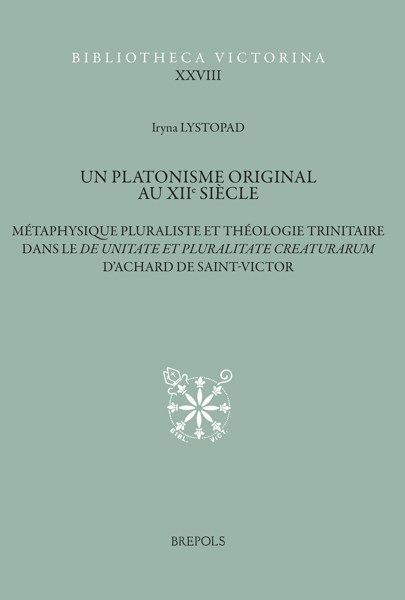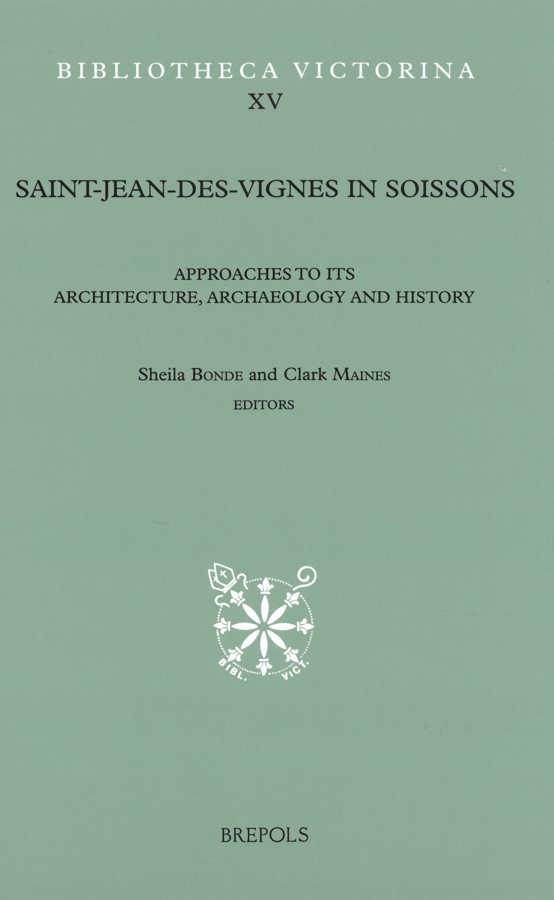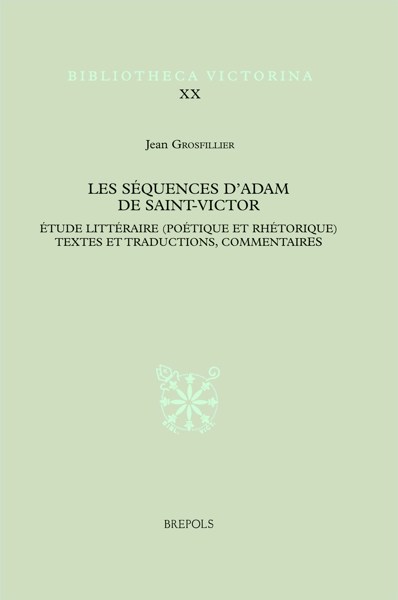
«Das eindrucksvolle Werk stellt unter Beweis, welch wichtige Ergebnisse die Mediäistik der Archäologie verdankt.»
(R. Grosse, in: Deutsches Archiv, 60, 2004, p. 420)
«The book edited by Bonde and Maines is a milestone for medieval monastic archaeology, architecture, and history … The author’s work over the years has reached a high level of maturity and excellence, today compiled in one easily available volume. The book reveals not only the results of twenty years of interdisciplinary research and interaction with many other scholars but also the development of the process of methodology and hypothesis.»
(Thomas Coomans, in: Speculum, 80, 2005, p. 840-841)
Sheila Bonde is Professor of History of Art and Architecture at Brown University, in Providence, Rhode Island.
Clark Maines is Professor of Art History and Archaeology at Wesleyan University, in Middletown, Connecticut.
Together, Profs. Bonde and Maines co-direct MonArch, the Wesleyan-Brown Monastic Archaeology Project at Saint-Jean-des-Vignes, where they have worked and published.
The Augustinian abbey of Saint-Jean-des-Vignes was the first monastic house founded in the diocese of Soissons during the reform movement of the eleventh and twelfth centuries. It played an important role in the architectural, technological and social history of its region until the French Revolution. The book is organized them thematically. Part I explores the various sources for study of the abbey, including standing architectural remains, archaeological material, archival sources and pictorial representations. Part II engages with the foundation of the abbey, the acquisition of its landed domain and the development of its parish. Part III considers first the Romanesque and then the Gothic phases of construction. The changing plan of the abbey is traced, and the ways in which construction influenced the functional life of the monastic community are treated. Using the unpublished customary, Part IV explores the ritual aspects of daily existence as it was lived in the Gothic chapter room and refectory. The final section, Part V, engages with infrastructure and daily life, through study of the medieval and early modern water management system at the abbey. Throughout these chapters, the focus remains both on the site of Saint-Jean-des-Vignes, and on the significant role it played in the larger context of regional religious life, monastic settlement, and artistic as well as economic patronage from the eleventh to the seventeenth centuries.
Sheila Bonde is Professor of History of Art and Architecture at Brown University, in Providence, Rhode Island.
Clark Maines is Professor of Art History and Archaeology at Wesleyan University, in Middletown, Connecticut.
Together, Profs. Bonde and Maines co-direct MonArch, the Wesleyan-Brown Monastic Archaeology Project at Saint-Jean-des-Vignes, where they have worked and published widely for over twenty years.




